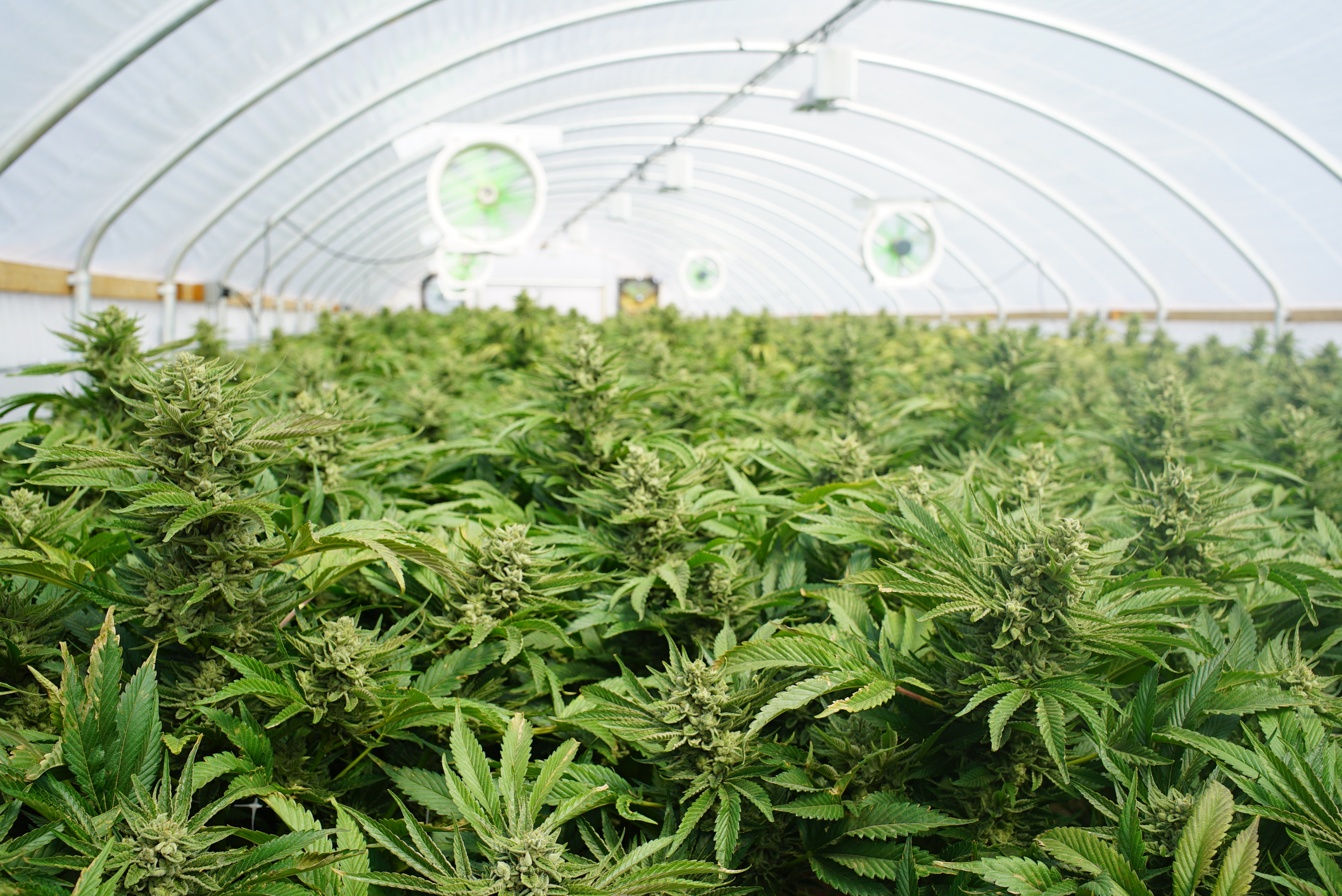FOR IMMEDIATE RELEASE
December 11, 2018
__________
The cannabis (marijuana) industry consumes enormous amounts of energy – an indoor pot grow uses 10 times the amount of energy per square foot as a typical office building – but it doesn’t need to be so wasteful. New technologies, better planning, improved local permitting and forward-looking utility programs could reduce the industry’s drain on the electrical grid (and, by extension, its share of greenhouse gas emissions). A just-published study from the Southwest Energy Efficiency Project, the region’s leading think tank on best energy efficiency practices, offers detailed recommendations based on recent engineering data and extensive conversations with cannabis experts.
In the Southwest, two states (New Mexico and Arizona) have authorized medicinal use of marijuana and two others (Colorado and Nevada) have legalized both medicinal and recreational cannabis. Yet few people in the industry, the electrical utilities, or state or local governments have addressed ways that cannabis facilities can be run and regulated with better energy use in mind.
For example:
- Energy costs represent up to 50 percent of an indoor cannabis grow facility’s operating costs. By comparison, energy usually is no more than 12 percent of the operating costs for a typical medium-size or larger brewery.
- Colorado already has more than 1,300 registered cannabis cultivators, of which 75 percent are indoors; they consume a total of about 300 gigawatt-hours (GWh) of electricity per year, which is about 0.6 percent of Colorado’s total electricity use. Marijuana production in the state continues to expand: from May 2016 to April 2017, it rose, on an average, 3 percent per month.
- Several factors contribute to cannabis’ intense energy use, starting with the plants’ temperature, humidity control, and intense lighting needs.
- Lighting accounts for about 38 percent of an indoor cannabis grow’s energy use, but cooling, venting and dehumidifying eat up about 51 percent of the electrical use.
Solutions could be readily adopted:
- The best time for cannabis cultivators to install energy-efficient technologies is when the grow operation is being planned and built, but existing growers still could retrofit their facilities with new, energy-saving technologies.
- Greenhouses are far more energy efficient for growing cannabis in this region than are the more common indoor grow operations, saving 60 percent to 75 percent of the energy required per pound of flower (finished product) compared to typical indoor grow facilities. But greenhouses face special challenges including cities unaccustomed to permitting urban greenhouses. For example, although Denver has most of Colorado’s market for marijuana it has just one cannabis greenhouse. Better local policies could encourage the industry to save energy.
- Even indoor grow facilities could reduce their utility bills and drain on the electrical grid if they installed more efficient lighting, cooling, and dehumidifying equipment.
- Almost all cannabis growers would benefit if they installed “smart meters” and other technologies that could help them control their energy use and costs.



